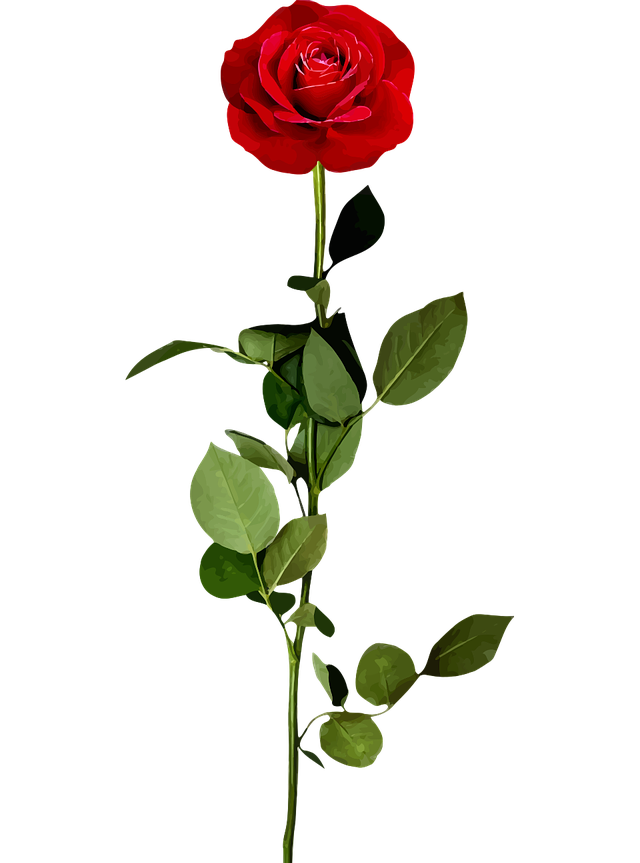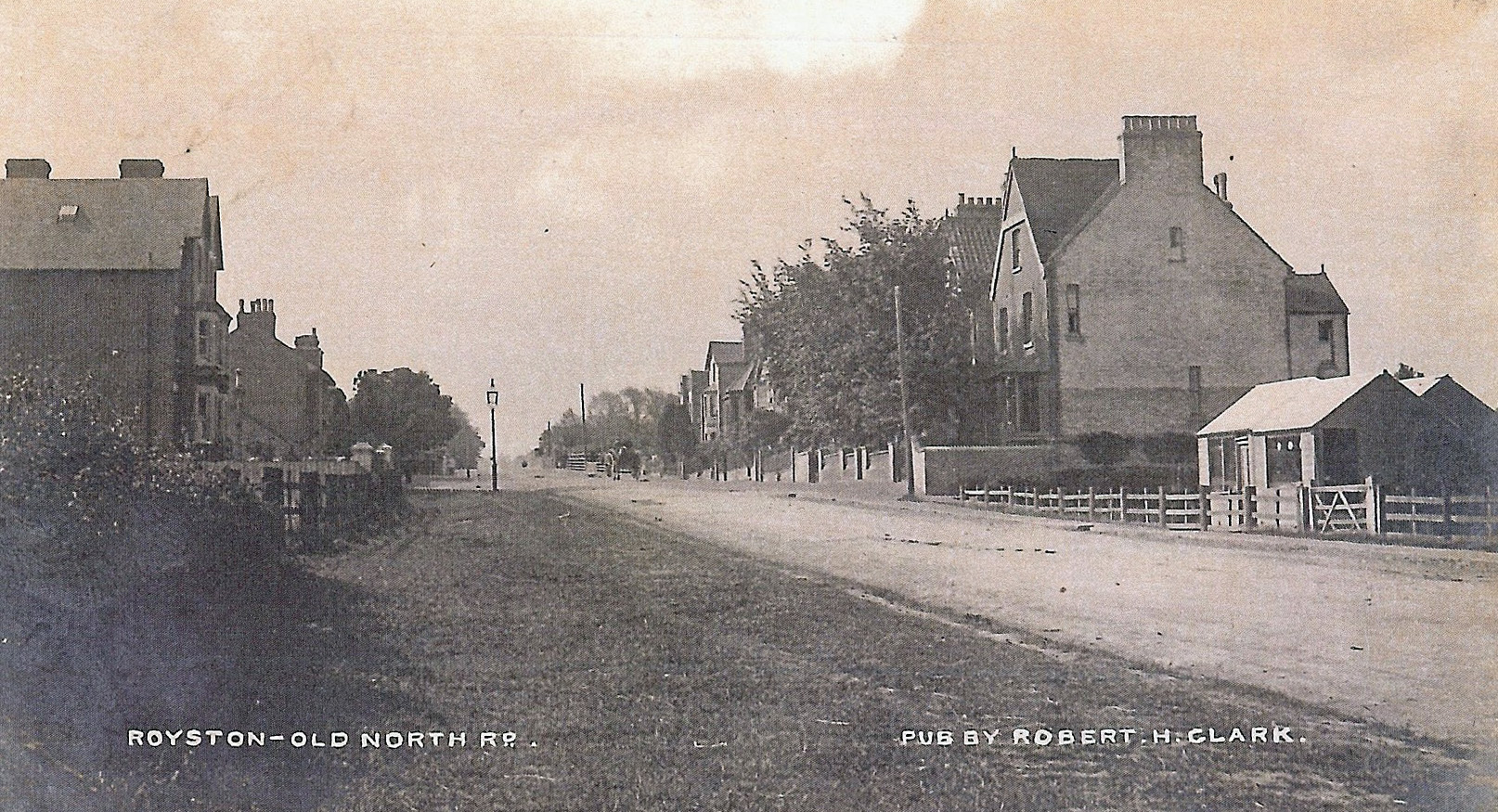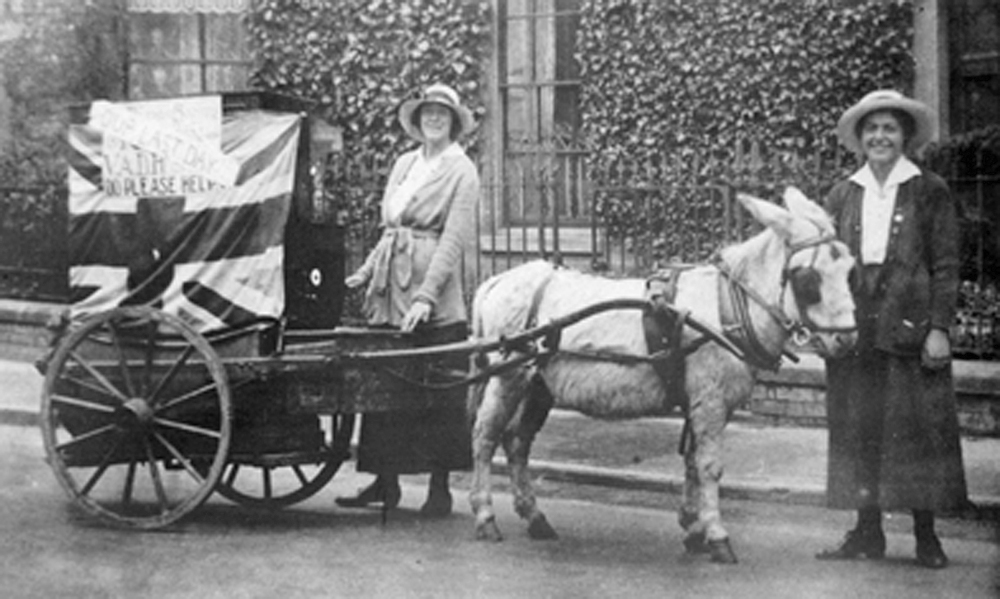World War I - Fundraising for the war effort
Why was fundraising necessary?
While much of the country’s expenditure on fighting the war came from general taxation, local communities throughout the country also felt the need to help with their own contributions, especially if there may have been a specific local connection to part of the war effort.
It also gave those still at home a direct link with those who were putting themselves in harm's way and preserved a sense of common goals. While only modest amounts were collected from each event, when added to those from all over the country they amounted to a considerable sum.
How funds were raised
Funds were raised in many ways. These included the sale of donated goods at special events as well as holding concerts, theatrical and sporting events put on by the troops billeted in the area. Some of the more ingenious methods are set out below.
Not every way of raising funds involved the collection of money. The town and its surrounding villages also collected items which would have helped feed the troops and keep up their moral. In addition, a small army of volunteers knitted many specialised items of clothing and medical aids necessary to help wounded troops in their recovery.
Royston comes under attack!
Royston is bombarded with roses
"Nearly every person in the streets was wearing a rose on Wednesday afternoon, in every house one entered there were roses, and the meaning of it all was that there was an army of ladies, attired in tricolour scarfs, out selling roses for the benefit of the Belgium Relief Fund. Mr. John Pigg, the famous Royston rose grower, had generously supplied thousands of blooms, and a little army of ladies, under the generalship of Miss Dutton Tompson, opened fire on the inhabitants about noon. The town quickly capitulated, and an indemnity of £19 18s. 6d was extracted with little difficulty, and which we hear has now been made up to £20.
"As supplies ran out the ammunition column brought up further supplies to the “Pendreds”, where Miss Dutton Tompson and Miss Pigg had based their operations. Later in the day, after the town had fallen, the troops retired to base, where Miss Dutton Tompson provided tea for them all."
From an article in the Royston Crow - 9th October 1914


John Pigg’s nursery and market garden was run from the small barn on the right of this photograph on the junction Kneesworth Road (now the Old North Road), and Orchard Road, Royston.
Of donkeys and barrel organs

Pictures by kind permission of Roger Bragger from an album owned by Kathleen Gibbs (later Goodale)
Margaret Boucher is seen on the left of the photgraps above, with Kathleen Gibbs on the right
"On Wednesday, June 7th, a novel method of collecting money for Royston Soldiers Hospital was commenced, when Miss Boucher and Miss Gibbs appeared in the town with a piano organ drawn by a small grey donkey. Their appearance on Market day created quite a sensation, and money flowed into the collecting boxes, with the result that sixteen guineas was collected.
"The ladies, who have been assisted by some of the convalescent soldiers at the Hospital, have been touring the neighbouring villages, returning to Royston each evening. They brought their itinerary to a close on Monday last with a total sum collected of £57 10s 1¾d. The expenses for hiring the organ came to £2 6s. 6d., so there will be total sum of £55 3s. 8d. for the Hospital funds.
"The little donkey was kindly lent to the collectors by Mr. Livermore, of Barley, and has proved itself a remarkably well behaved animal. Its billet during the fortnight has been in a stable kindly provided by Mr. John Phillips, who has provided generous rations."
From an article in the Royston Crow - 9th June 1916
Background to this story
This story from the Crow illustrates one of the ways the wider local community worked together to raise funds within Royston and its surrounding district.
Margaret (Mag) Boucher
By June 1916, Barley resident Margaret [known as Mag] Boucher had been part of the Herts 18 VAD since at least 1914 and volunteered as a nurse at Royston Soldiers Hospital before she left for an unknown military hospital in France in April 1917. She remained in France until at least May 1919.
Mag’s sister Rhoda Geraldine [known as Geraldine] was a nurse in the military hospital known as Princess Christian Hospital at Engelfield Green from April 1915. She continued to work there and later at Roehampton after the war. She was also part of the Barley Needlework Guild as was her mother Minnie and aunt Mary. They eventually returned to their home Springfield in Barley.
Kathleen Gibbs
Kathleen Gibbs was born in Melbourn and had links, through her mother, to the Pigg family of Wyddial.
From her Red Cross card, Kathleen’s address at the time of the war was St. Ednmundsbury, Melbourn Road, Royston. She too was a member of the Herts 18 VAD and served as a nurse at the Soldier’s Hospital from March 1915 to January 1918.
In 1918 she married Walter Goodale, who was born in Farcet, Peaskirk, near Peterborough. He had migrated to Canada before the war. Enlisting in 1914, Peter eventually became an RAF pilot. He died in 1st August 1918. Kathleen gave birth to their son, Walter, in 1919 but he sadly died as a child. Kathleen played golf at the Royston Golf Club and remained in Royston until her death in 1990
During the war, Mag and Kathleen also sold flowers to raise funds and played cricket with the convalescent soldiers.
The barrel organ
The barrel organ was provided by Canon Wintle who married Maud Savell of Barley. He made a reputation for himself from his hobby of making barrel organs.